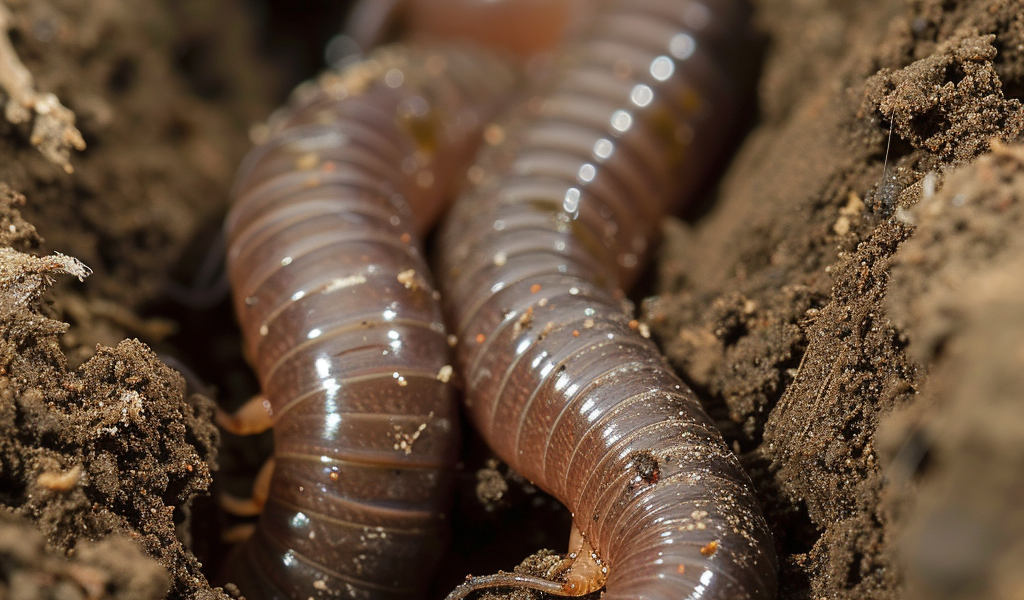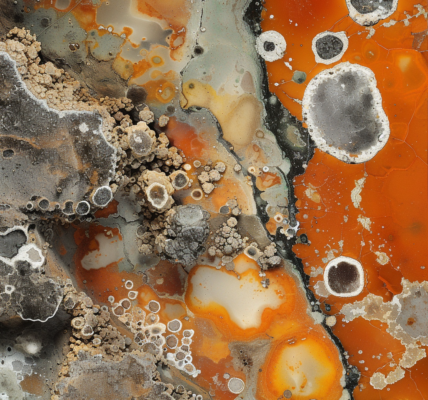An alien invasion capable of triggering catastrophic changes is underway across North America. At least 70 imported earthworm species have colonized the continent, and represent a largely overlooked threat to native ecosystems, according to a new study by researchers at Stanford University, Sorbonne University, and other institutions.
The analysis, published Feb. 8 in Nature Ecology & Evolution, provides the largest ever database of such earthworms and warns of the need to better understand and manage the invaders in our midst.
‘Earthworms tell the story of the Anthropocene, the age we live in,’ said study senior author Elizabeth Hadly, the Paul S. and Billie Achilles Professor in Environmental Biology in the Stanford School of Humanities and Sciences. ‘It is a story of global homogenization of biodiversity by humans, which often leads to the decline of unique local species and the disruption of native ecosystem processes.’
Mostly invisible and largely unappreciated, earthworms are worth their weight in gold to farmers and gardeners because their movement creates tunnels that allow air, water, and nutrients to penetrate, while their waste serves as a rich fertilizer.
They also play a central role in many processes that cascade to aboveground communities and the atmosphere. For example, although mechanical movement through the soil by earthworms may initially release carbon dioxide, the longer-term impacts of digesting organic material result in a net increase in sequestered carbon where earthworms are present.
Since the late 1800s, people looking to capitalize on these services have brought earthworms to North America from Asia, Europe, South America, and Africa. In some places, these non-native introductions have successfully enhanced the agricultural economy. However, in other cases, they have been detrimental. These transplants are more likely to consume aboveground leaf litter than native earthworms, altering habitat quality in a way that can hurt native plant





